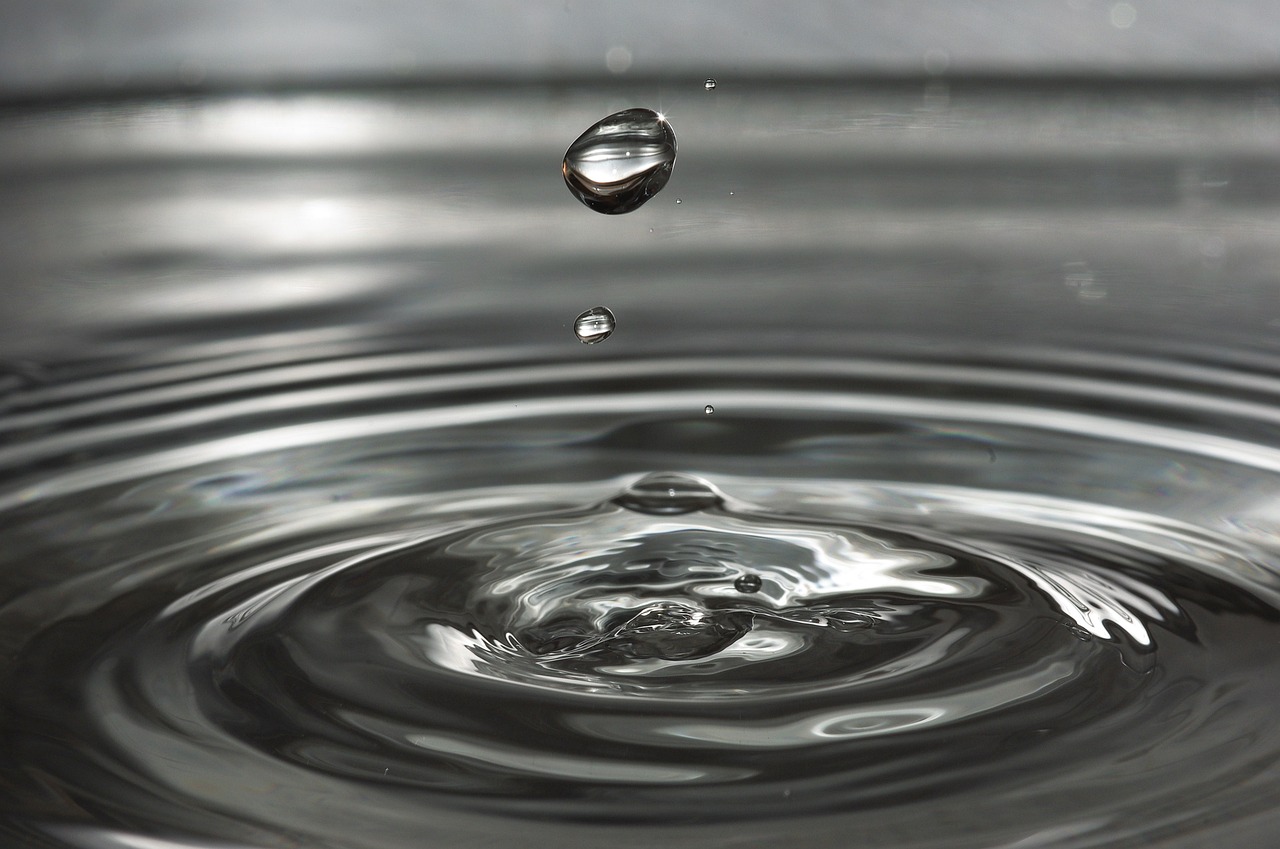Water – the elixir of life. It sustains our bodies, regulates temperature, and flushes out toxins. But not all water is created equal. In the wilderness, or even in areas with unreliable water treatment infrastructure, clear water can hide harmful bacteria, viruses, and parasites. Contaminated water can lead to a range of illnesses, from mild discomfort to life-threatening dehydration.
That’s where water purification comes in. It’s the process of removing contaminants and making water safe for human consumption. This blog post dives deep into various water purification methods, empowering you to make informed choices, whether you’re an avid hiker, a survivalist, or simply someone concerned about tap water quality.
Understanding the Threats: What Lurks in Untreated Water
Before exploring purification methods, let’s understand the common contaminants found in untreated water:
- Microbiological: Bacteria, viruses, and protozoa are microscopic organisms that can cause various illnesses like diarrhea, cholera, and giardia.
- Chemical: These include heavy metals like arsenic, lead, and fluoride, as well as agricultural runoff containing pesticides and fertilizers.
- Physical: Turbidity, or cloudiness, can be caused by dirt, sediment, and organic matter.
The Arsenal Against Impurities: Choosing the Right Purification Method
The ideal purification method depends on the type of contaminants present and the resources available. Here’s a breakdown of some popular techniques:
- Boiling: The simplest and most effective method against microbiological threats. Bring water to a rolling boil for at least one minute (longer at higher altitudes) to kill most bacteria, viruses, and protozoa. Boiling does not remove chemical or physical contaminants.
- Filtration: Filters physically remove contaminants by trapping them in a porous medium. Different filter types address different threats:
- Sediment Filters: These remove dirt, sand, and other large particles. A common example is a simple coffee filter or a bandana used in a pinch.
- Micron Filters: These remove bacteria, protozoa, and some parasites by trapping them in tiny pores. They are often used in backpacking water filters and some water purification tablets.
- Carbon Filters: Activated carbon removes chlorine, taste, odor, and some organic chemicals. These are often combined with other filtration methods for more comprehensive purification.
- Chemical Disinfection: Chlorine tablets or drops are a popular option for hikers and campers. They kill bacteria and some viruses but are less effective against protozoa. Always follow dosage instructions carefully, and be aware that chlorine can alter the taste of water.
- Ultraviolet (UV) Light: UV light disrupts the DNA of bacteria and viruses, rendering them inactive. Portable UV purifiers are available, but they require clear water and may not eliminate all contaminants.
- Distillation: This method involves boiling water and condensing the steam to create pure water vapor that collects as clean water. Distillation removes all contaminants but requires a heat source and is time-consuming.
- Reverse Osmosis (RO) Systems: These advanced systems force water through a semi-permeable membrane, removing a wide range of contaminants, including dissolved salts and minerals. However, RO systems are expensive, require a significant water pressure, and produce wastewater.
Choosing the Right Method: A Guide for Different Scenarios
- Backpacking and Camping: Portable filters and chlorine tablets are popular choices for their ease of use and portability. Consider the water source and potential contaminants when choosing.
- Emergency Preparedness: Boiling is a reliable method for emergencies at home. Water purification tablets or a simple filter can be part of your emergency kit for additional options.
- Treating Municipal Tap Water: While most municipal water systems treat water to national standards, some people may prefer additional filtration for improved taste or removal of specific contaminants. Countertop or pitcher filters can be used for this purpose.
- Travel: Bottled water can be a safe option in areas with questionable water quality. However, consider the environmental impact of plastic waste. Portable filtration devices can be a more sustainable alternative.
Beyond the Method: Additional Considerations for Safe Water
- Source Selection: When collecting water in the wild, choose clear, moving water sources over stagnant pools. Avoid areas with potential contamination sources like livestock or sewage.
- Pre-treatment: Cloudy water can clog filters. Pre-treat by letting sediment settle or using a cloth to remove larger particles.
- Safe Storage: Store purified water in clean, sealed containers to prevent recontamination.
Testing and Monitoring: While many purification methods are effective, regular testing, especially in areas with high-risk water sources, can provide peace of mind. Home water test kits can be purchased for basic testing, and professional water testing services are available for a more comprehensive analysis.
Conclusion: Empowering Yourself with Water Knowledge
Water purification knowledge is an empowering tool. By understanding the different methods and their capabilities, you can make informed decisions to ensure safe drinking water in any situation. Whether you’re venturing into the wilderness, traveling to a new region, or simply concerned about your tap water quality, the right purification method can be your shield against waterborne illnesses.
Remember:
- Be Prepared: Having a basic understanding of water purification methods and keeping a purification kit readily available can be crucial in emergencies.
- Choose Wisely: Select the purification method that best suits your needs and the specific water source.
- Don’t Be Afraid to Ask: If unsure about water quality, consult with a local health department or water treatment professional.
So, the next time you reach for a glass of water, take a moment to appreciate this life-sustaining resource. With a little knowledge and preparation, you can ensure that every sip is safe and refreshing. After all, pure water is the foundation of a healthy and adventurous life!
Bonus Tip: Consider investing in a reusable water bottle and filter system. This not only reduces plastic waste but also allows you to access safe drinking water on the go, whether you’re at the gym, hiking a trail, or simply running errands.
With a little planning and the right tools, you can transform any water source into a safe and refreshing beverage. Now, get out there, explore the world, and hydrate with confidence!
